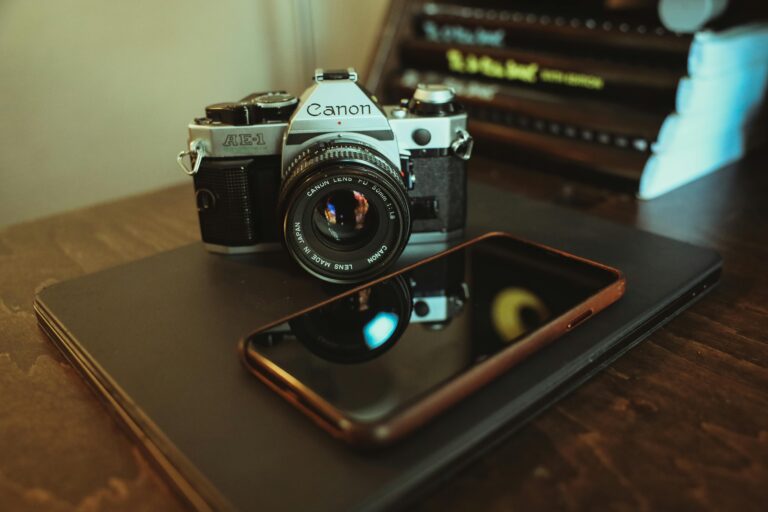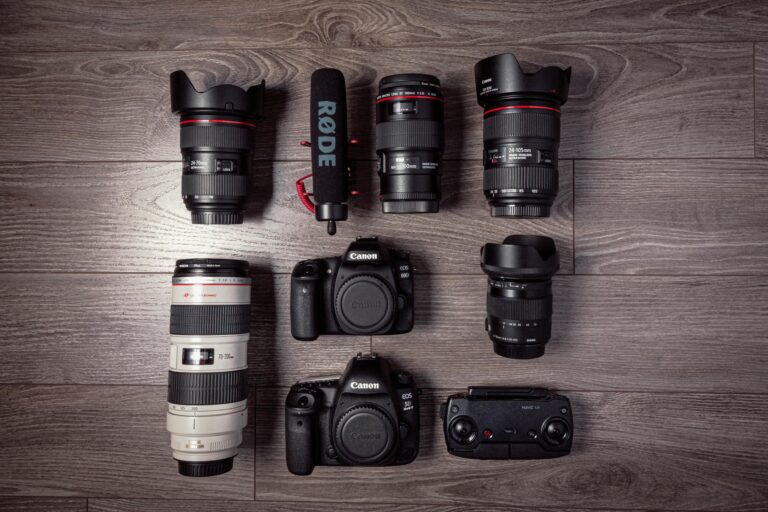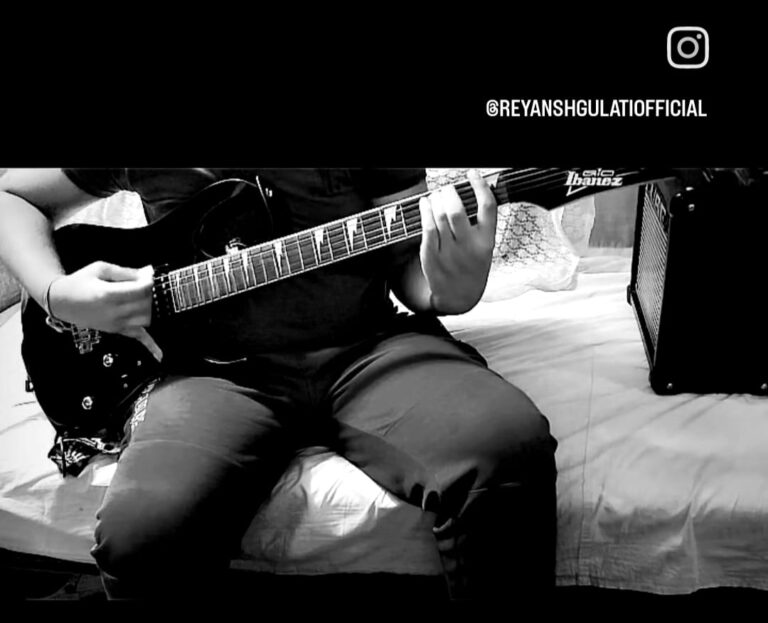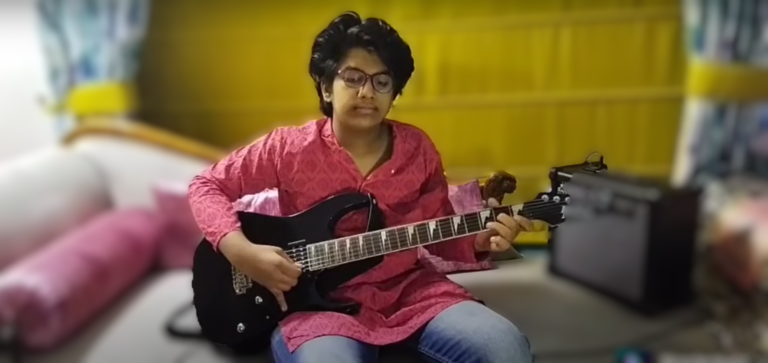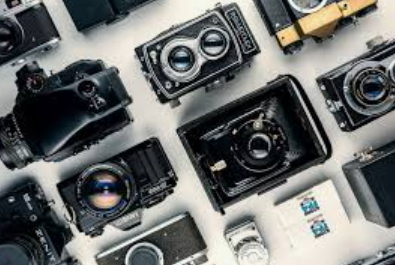

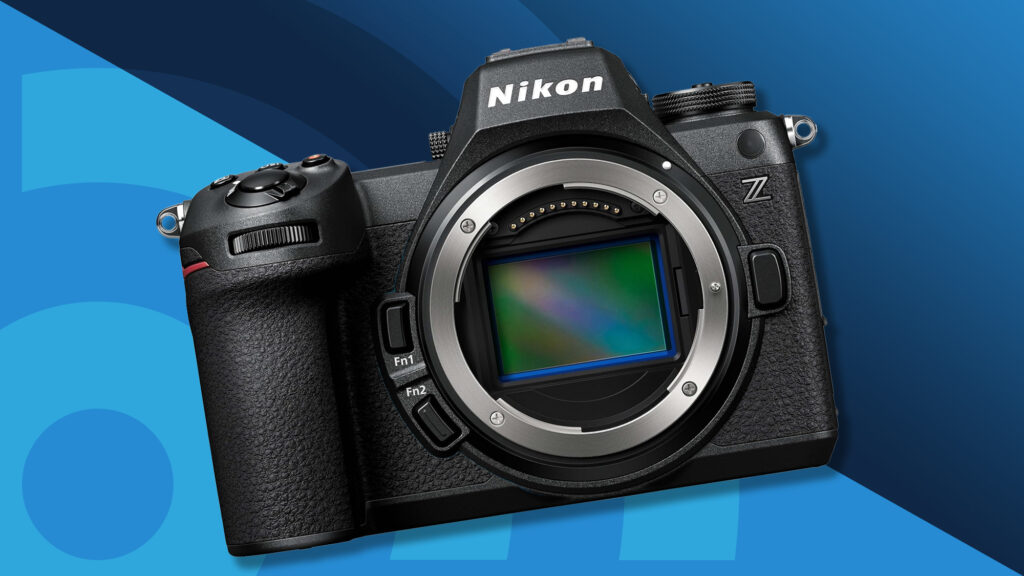
1. DSLR (Digita Single-Lens Reflex) Cameras
DSLR cameras are one of the most popular types of cameras used by professional photographers and serious hobbyists. The key feature of a DSLR is its mirror system that reflects light through the lens into an optical viewfinder, allowing users to see exactly what the lens sees. This results in accurate framing and focus.
DSLRs come with interchangeable lenses, allowing flexibility for different photography styles—such as portraits, sports, landscapes, and wildlife. They typically offer large sensors (APS-C or full-frame), which contribute to high image quality, good low-light performance, and the ability to achieve shallow depth of field effects (blurry backgrounds).
They provide manual controls, advanced autofocus systems, and optical viewfinders, which are preferred by many traditional photographers. However, DSLRs tend to be bulky and heavy, and newer models are slowly being replaced by mirrorless cameras.
Best for: Professional photography, weddings, events, portraits, and landscapes.
2. Mirrorless Cameras
Mirrorless cameras are a modern alternative to DSLRs. As the name suggests, they do not use a mirror to reflect the image to the viewfinder. Instead, they rely on electronic viewfinders (EVF) or LCD screens to preview the image.
Mirrorless cameras are more compact and lightweight compared to DSLRs, yet they offer similar or even superior image quality. They also feature interchangeable lenses and large sensors, including APS-C, Micro Four Thirds, and full-frame.
Recent advancements have given mirrorless cameras an edge over DSLRs in many aspects—faster continuous shooting, better video capabilities, silent shooting, and eye-tracking autofocus.
Major brands like Sony, Canon, Nikon, and Fujifilm have strong mirrorless offerings. They are a favorite among travel photographers, content creators, and vloggers.
Best for: Professional and enthusiast photography, travel, video, and vlogging.
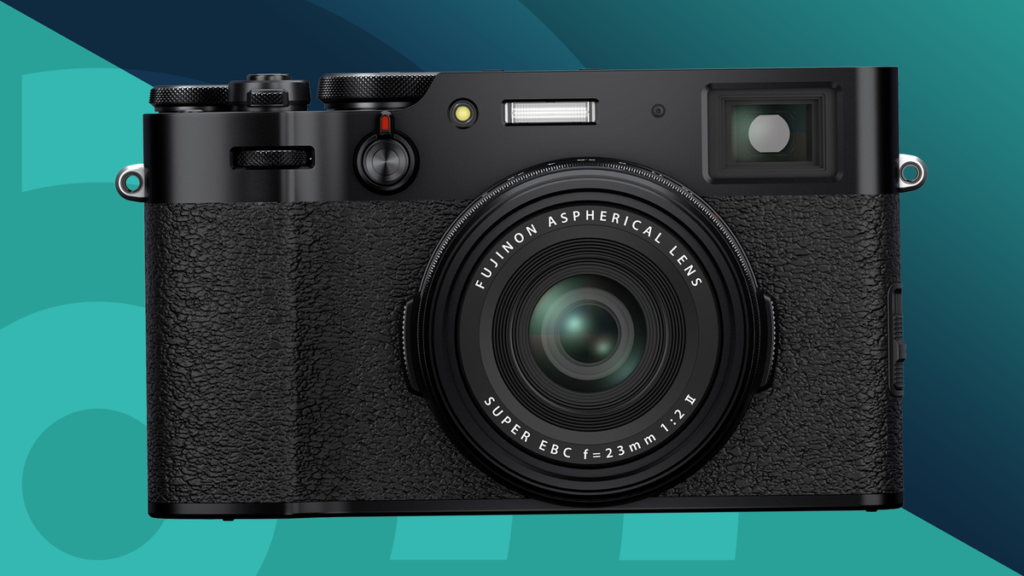
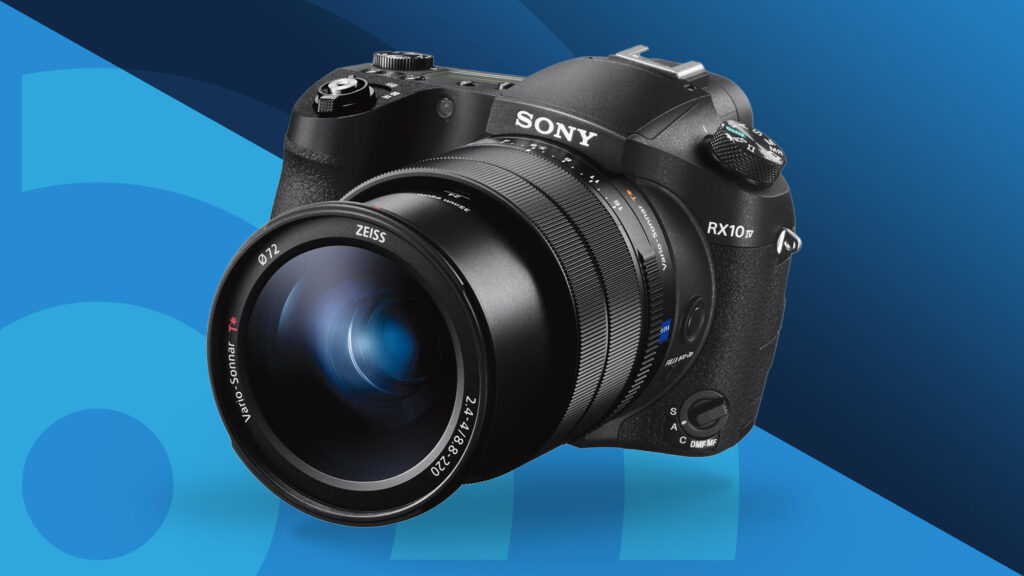
3. Compact Digital Cameras (Point-and-Shoot)
Compact cameras are designed for ease of use and portability. They feature built-in lenses and are mostly automatic, making them ideal for casual users. Most compact cameras are small enough to fit in a pocket or handbag, making them perfect for travel or everyday photography.
While image quality is generally lower than DSLRs or mirrorless models (due to smaller sensors), higher-end compact cameras like the Sony RX100 series offer impressive quality and manual controls in a small package.
These cameras are fading in popularity due to the rise of smartphones, but they are still useful for those who want a dedicated photography device without complexity.
Best for: Beginners, casual users, and travelers.
4. Bridge Cameras
Bridge cameras serve as a “bridge” between point-and-shoot cameras and DSLRs. They resemble DSLRs in body style and offer manual controls and long zoom lenses, but their lenses are not interchangeable.
They are known for their massive zoom range—some models offer up to 60x optical zoom or more, making them ideal for wildlife or distant subject photography. However, they use smaller sensors, so image quality and low-light performance may not match that of DSLRs or mirrorless cameras.
Still, bridge cameras are great for users who want zoom power and manual control without investing in a full DSLR system.
Best for: Wildlife, sports, and general photography without changing lenses.
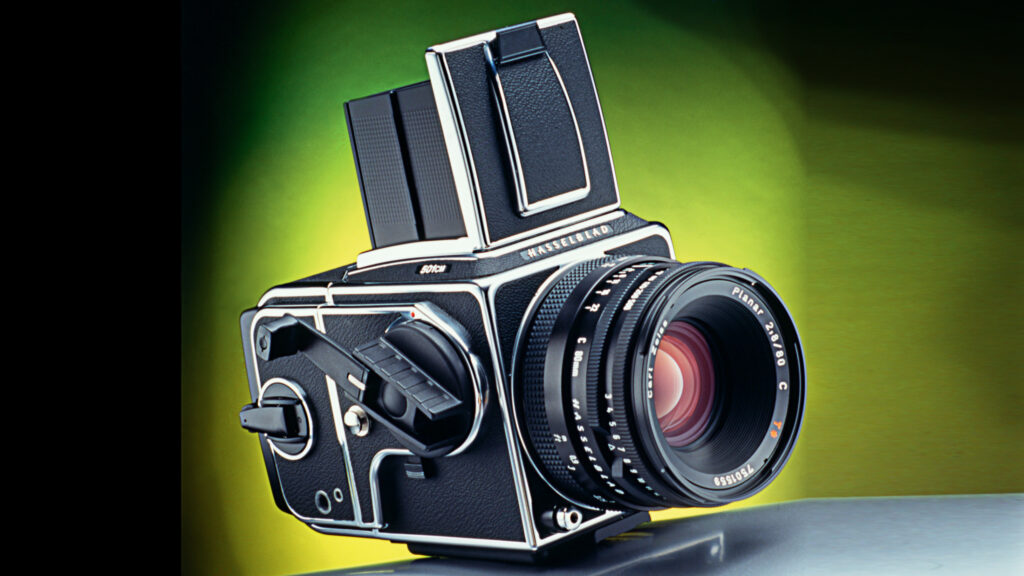
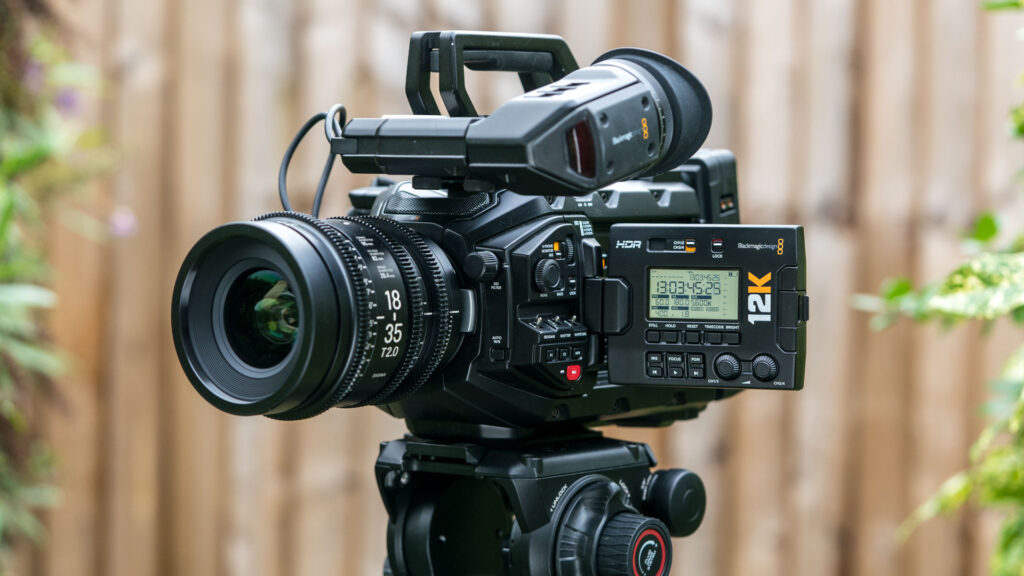
5. Medium Format Cameras
Medium format cameras use larger sensors than even full-frame DSLRs. These sensors capture incredibly detailed images with superior dynamic range and color depth, making them ideal for high-end commercial, fashion, and landscape photography.
Because of the sensor size and high resolution (often 50–100 megapixels), medium format cameras are larger, heavier, and much more expensive. They also require careful handling and often slower operation speeds.
Brands like Hasselblad, Phase One, and Fujifilm lead this market. These cameras are best suited for controlled environments like studios or landscape shoots where image quality is paramount.
Best for: Commercial, fashion, and fine art photography.
6. Film Cameras
Film cameras capture images using photographic film instead of a digital sensor. They come in various formats, including 35mm, medium format, and large format. Film photography offers a nostalgic, analog experience and is appreciated for its aesthetic and dynamic range.
While film cameras require manual settings and development of the film, they allow for unique creative expression and are still loved by many professional and artistic photographers.
Film has seen a resurgence in recent years due to its distinct look and feel. However, it involves extra costs for film rolls and development, and there is no immediate preview of images.
Best for: Fine art photography, analog photography enthusiasts, and experimental work.
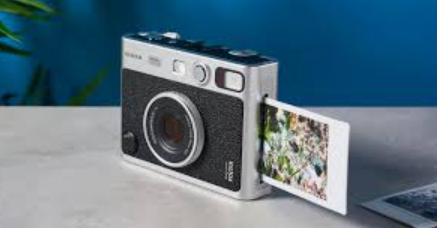
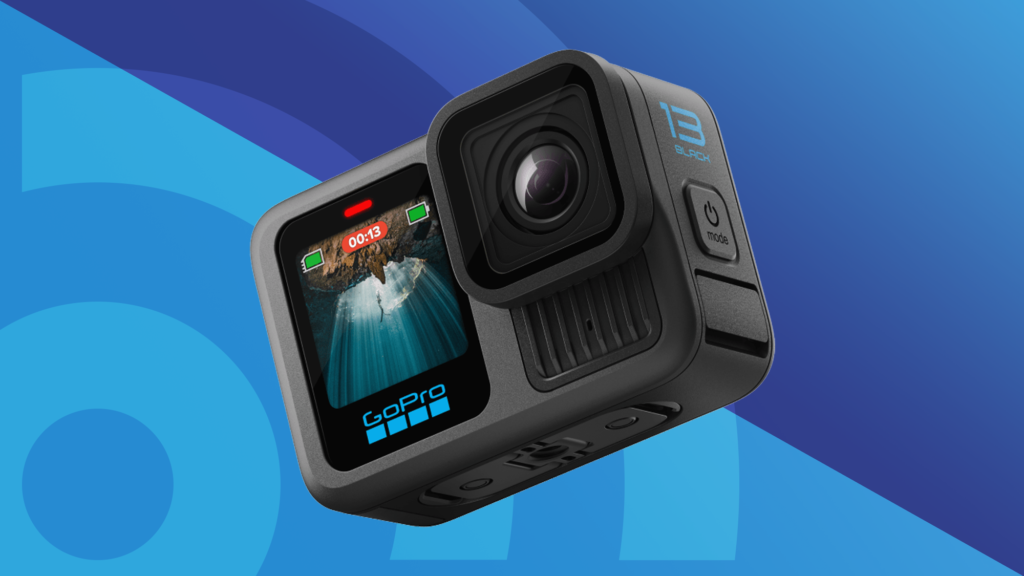
7. Instant Cameras
Instant cameras print the photo seconds after it’s taken. They use self-developing film (like Polaroid or Fujifilm Instax) to produce tangible prints immediately. These cameras are easy to use, and the instant print feature makes them popular for parties, events, and gifts.
While image quality is basic and often limited in lighting conditions, the appeal of instant photography lies in its fun and spontaneity. Some newer models offer digital features and the ability to preview before printing.
Best for: Fun, social events, creative projects, and casual photography.
8. Action Cameras
Action cameras are rugged, compact, and waterproof, designed for capturing fast-paced activities. They typically feature wide-angle lenses, image stabilization, and high-resolution video capabilities (up to 4K or 8K).
These cameras are often mounted on helmets, bikes, or underwater gear and used in sports, adventure travel, and vlogging. The GoPro is the most recognized brand in this category.
Though they have small sensors and may not match DSLRs in image quality, action cameras are unmatched in durability and versatility.
Best for: Adventure, sports, underwater photography, and extreme conditions.
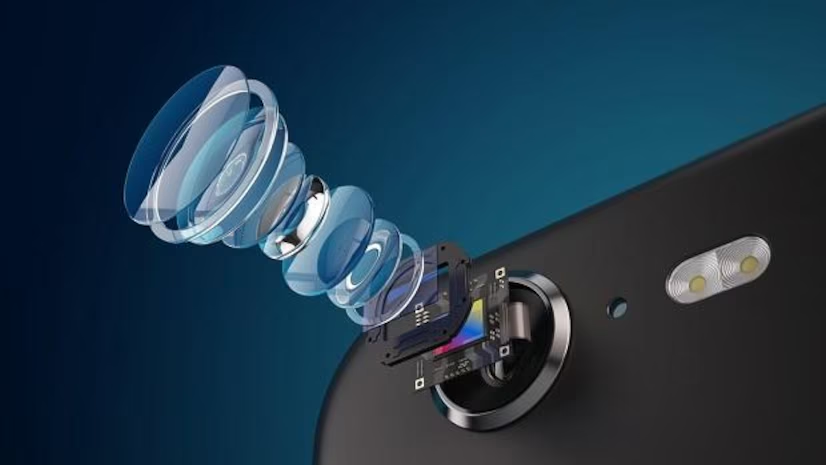
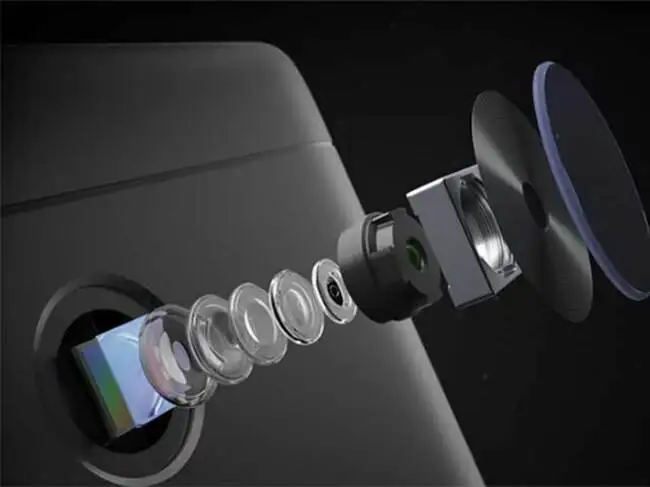
9. Smartphone Cameras
Smartphone cameras have evolved significantly, now offering multiple lenses, including ultra-wide, telephoto, and macro. They use AI-based processing, night modes, and HDR to produce stunning images.
While limited by sensor size and optics, modern smartphones can rival entry-level cameras in many situations. They are ideal for casual photography and have become the primary camera for most people due to convenience and sharing capabilities.
Smartphones are perfect for social media content creation, everyday photography, and spontaneous shots.
Best for: Everyday use, travel, and social media photography.
| Camera Type | Sensor/Medium | Lens | Image Quality | Portability | Ease of Use | Typical Use Case |
|---|---|---|---|---|---|---|
| DSLR | Digital (APS-C/Full Frame) | Interchangeable | Very High | Medium | Moderate to Hard | Professional photography, portraits, events |
| Mirrorless | Digital (APS-C/Full Frame) | Interchangeable | Very High | High | Moderate | Travel, professional, and hybrid use |
| Compact (Point-and-Shoot) | Digital (Small Sensor) | Fixed | Medium | Very High | Very Easy | Casual photography, travel |
| Bridge | Digital (Small Sensor) | Fixed with long zoom | Medium | Medium | Moderate | Wildlife, zoom photography without changing lenses |
| Medium Format | Digital or Film | Interchangeable | Extremely High | Low | Hard | Studio, commercial, landscape photography |
| Film (35mm, Medium/Large Format) | Film (Chemical) | Interchangeable or Fixed | Varies (Artistic) | Low | Hard | Fine art, classic photography |
| Instant | Film (Instant Print) | Fixed | Low to Medium | High | Very Easy | Fun, creative, casual |
| Action (e.g., GoPro) | Digital (Small Sensor) | Fixed wide-angle | Medium | Very High | Easy | Sports, travel, adventure |
| Smartphone | Digital (Mini Sensor) | Fixed (Multiple lenses) | Medium to High | Very High | Very Easy | Everyday use, social media, travel |
CONCLUSION
Each type of camera serves a different purpose:
1) DSLRs and Mirrorless are for professionals and serious hobbyists.
2) Compacts and Bridge cameras are for casual users who want better-than-phone quality.
3) Medium Format is for high-end commercial work.
4) Film and Instant cameras provide a unique, analog experience.
5) Action Cameras are built for rugged, high-movement scenarios.
6) Smartphones are always accessible and great for daily use.
Have questions or want help choosing the right harmonium?
Feel free to leave a comment or reach out—we’re here to help guide your musical path!
.
